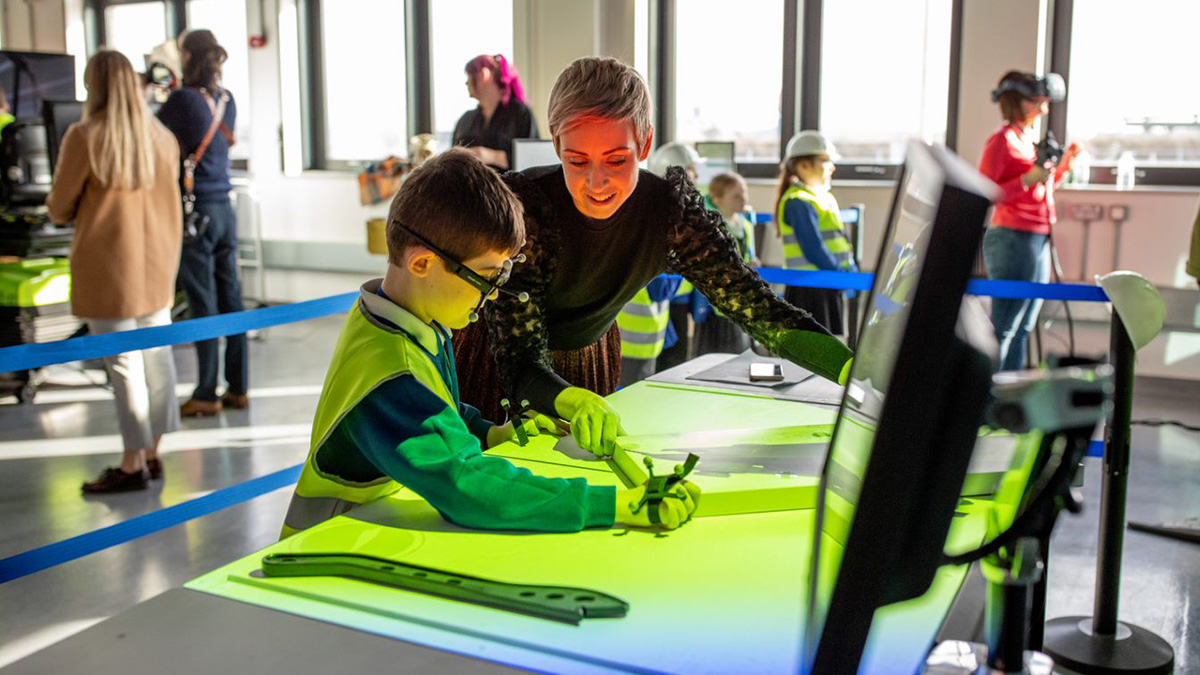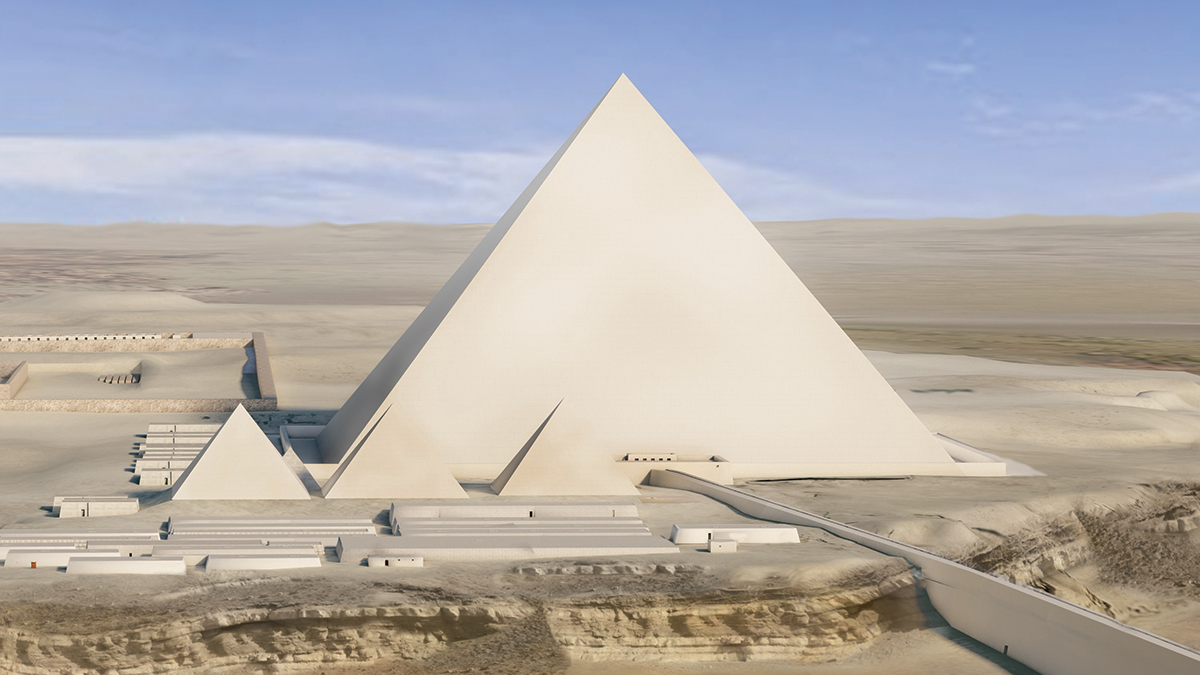
The use of technology in teaching has become the norm, but some businesses and universities have taken it to the next level through virtual and augmented reality.
VR and AR, once best known for fun applications like the Pokémon Go app and Snapchat filters, are increasingly being used alongside traditional training. A recent study of 151 adults by Neuro-Insight, Mindshare UK and Zappar found AR had a significantly positive impact on both attention span and information retention.
There are limitations though, cost, access and user willingness to name a few. But as it becomes more mainstream, immersive learning has huge potential to boost skills and improve educational experiences.
Helping surgeons practise operations
VR is being used to train surgeons before they even step into the operating theatre. Dr Alex Aquilina, an orthopaedic surgeon based in Bristol Children’s Hospital has been using Virti’s VR tech to create 360-degree surgical videos. Cameras are set up in theatres, with patient and staff consent, and operations filmed from all angles. Patients are anonymised and trainee surgeons watch on-demand through a headset or via Zoom training sessions.
This process does not substitute real-life training but enhances it, says Aquilina. It also enables junior doctors to learn without needing to come into hospital during the ongoing pandemic, reducing infection risk to themselves and patients.
“Your in-surgery learning opportunities, when you’re actually holding the knife, are really precious,” he says. “The more informed you are beforehand, the more you’ll benefit.”
The films teach trainees about the whole process, from setting up equipment and assembling joint implants to briefing staff and positioning the patient correctly. For all these, video is a more effective format than reading manuals or looking at photos, says Aquilina.
In future, he plans to embed AR elements, such as close-up footage of laparoscopic (keyhole) procedures, infographics and questions, where the user would be led down different filmed routes based on their answers.
There are some technical challenges, such as mitigating camera glare from the theatre’s bright lights, and ethical concerns around patient and staff consent. But Aquilina believes VR and AR have huge potential to empower patients; someone with diabetes who has witnessed a foot amputation may be more likely to manage their condition well, for example.
“It helps demystify the operating theatre,” he says. “I’m hoping increasing accessibility to what surgeons do can enhance recovery and help prevent future disease.”
Teaching children about nature
AR apps are being used to engage schoolchildren and bring topics to life. The Museum Alive app, developed by Alchemy Immersive in partnership with Sir David Attenborough, allows users to place extinct animals and their natural habitats in the real world by activating the user’s smartphone camera to “project” animations into their living room.
This is coupled with other learning resources, such as voiceovers, soundscapes, maps, written information and pre-recorded films. “Apps like this give children agency within a story,” says Elliot Graves, creative and technical lead at Alchemy Immersive. “When children are actively participating, they are far more likely to retain information. Once this tech is worked into the national curriculum, it could have a huge impact.”
Alchemy Immersive worked with Durham University to conduct school workshops to test the impact of immersive tech. Dr Noam Leshem, associate professor of geography, set up 11 to 14 year olds with a VR project called Portraits of No-Man’s Land, where they looked at redefining areas of conflict in Colombia, Cyprus and France.
Leshem found VR should be used alongside other resources, like discussion groups and worksheets, to be truly effective. “Students were curious and excited,” he says. “But we don’t know what will happen when the novelty of VR wears off. Grabbing their attention is the first step, ensuring VR streamlines into the classroom will be harder.”
The technical skills gap between teachers and students will also need to be addressed before it makes its way into mainstream education. “VR headsets still appear intimidating to some teachers, even though most students find them intuitive,” says Leshem. “Price has dropped but budgets are tight; convincing schools this is a worthwhile investment will remain a hurdle over the next few years.”
Training construction workers
The Construction Industry Training Board is investing £3 million in several immersive tech projects that will help improve industry training. The biggest is Project Convert, which delivers four different types of training to six UK-wide colleges: VR building, where students construct from scratch; VR scaffolding and working at heights; VR drone training, for site surveyance; and AR woodworking and paint-spraying, which incorporates elements like a vibrating magnetised table to replicate the feeling of physical pressure during carpentry.
Gareth Evans, centre manager at Construction Wales Innovation Centre (CWIC), which is leading on Project Convert, says students are not normally exposed to these skills before employment due to cost or health and safety concerns. “Using VR first means that when they navigate real drones, they’re not crashing them into trees,” he says. “When they move onto physical woodworking machines, they’re not risking losing fingers. It helps them learn from their mistakes.”
The technology is being used by students at the University of Wales Trinity Saint David, where CWIC is based. Alongside helping them avoid accidents or costly building alterations, the range of training opens their eyes to different jobs, says tutor and landscape architect Sheila Holmes, and allows her to assess students more accurately. “The software measures the students’ decisions and knowledge. I can view their progress in real time and talk to them about their material selections and processes,” she says.
For a minority prone to vertigo or claustrophobia, for example, VR experiences like working at heights or in confined spaces might not be appropriate, says Evans. But the main hurdle is in encouraging less tech-savvy educators to try it. “Some staff can be nervous about VR,” he says. “The biggest challenge isn’t so much the tech itself, it’s changing people’s perceptions.”
Exploring ancient civilisations
The Giza Project is a digital archaeology initiative based at Harvard University, which curates records of the Giza Pyramids in ancient Egypt. Anthropology and Egyptology students can explore the 5,000-year-old civilisation through VR simulations, either via a headset, a university lab or an online video version. During lockdown, tutors have shared 360-degree videos over Zoom.

The students can undertake virtual conservation work such as rebuilding architecture or repainting tombs. They can build architecture from scratch using evidence such as studies of parallel buildings. Avatars can be placed in scenes to give a sense of scale and context. The project both helps students visualise how ancient Egypt would have looked and offers them opportunities to contribute to digital research with their own builds.
It also challenges students to consider ethical issues, such as the accuracy of portrayals of ancient Egypt in modern media like film and gaming, encouraging them to be more analytical. “The VR helps them distinguish between theory and archaeologically attested designs,” says Peter Der Manuelian, professor of Egyptology at Harvard. “Ultimately, it helps them look at Egyptian civilisation through the lens of its most important site.”
He hopes the immersion element will spark undergraduates’ fascination. “We’re hoping for a renewed interest in the human past and to encourage some students to major in archaeology,” he says. “The aim is to educate students on sources, documentation and accuracy, but also to make education fun.”
